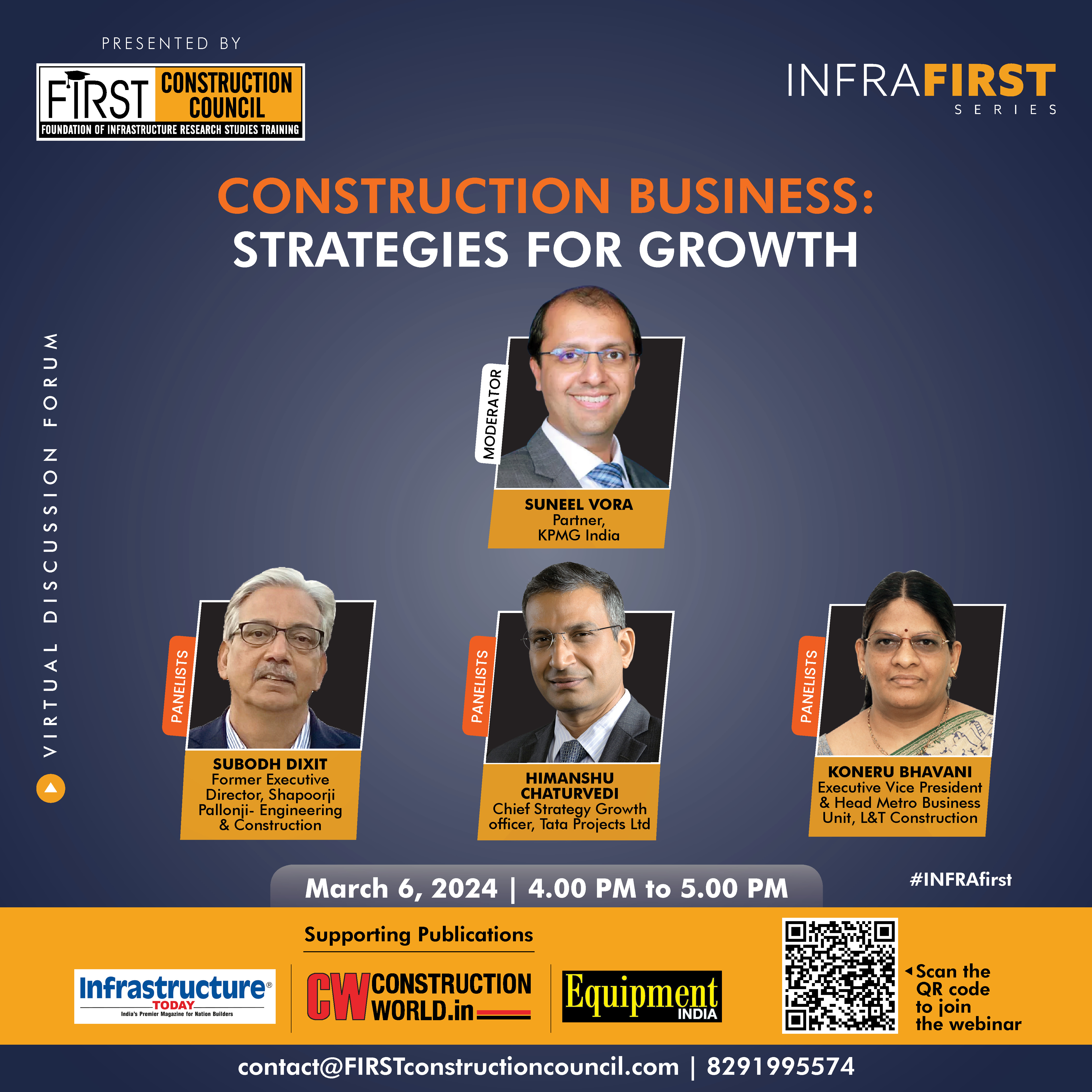Better Centre-state coordination and adequate and timely funding will be required for smart cities

Mahindra selects ABB’s PixelPaint for premium paint options
ABB’s innovative PixelPaint technology has been selected by Mahindra & Mahindra (M&M), India’s leading SUV manufacturer, for its new electric vehicle paint facility. The technology, which uses an award-winning paint head similar to an inkjet printer, will begin serial production in 2025. “Our revolutionary PixelPaint technology can apply large areas of uniform color as well as the tiniest details with complete accuracy, without delaying the production line or the need for manual intervention,” said Joerg Reger, Managing Director of ABB Robotics Automotive Business Line. “By d..

PJTL Lenders Approve Rs 10.20 billion One-Time Settlement
Lenders to the heavily indebted Panipat Jalandhar NH 1 Tollway (PJTL) have agreed to a one-time settlement for their Rs 34 billion dues. They accepted a Rs 10.20 billion all-cash offer from the promoters, the Canada-based Roadis Group and Hyderabad's Soma Enterprises, resulting in a 30% recovery, according to sources familiar with the deal. The account had been affected by farmers' agitation in the area for several years and was eventually declared a Non-Performing Asset (NPA). Several months ago, the National Asset Reconstruction Company (NARCL) had proposed to take over the debt, but the p..

Capgemini to invest Rs 10 billion in new Chennai facility
Capgemini revealed plans to develop a new facility in Chennai, committing to invest approximately Rs 10 billion over the next three years. The IT and consulting services firm indicated that the 5,000-seat facility in Chennai is expected to be completed by April 2027. The campus will incorporate advanced energy and water-efficient technologies, utilize recycled materials, and implement rainwater harvesting during construction. Capgemini noted that the new facility is intended to become a prime destination for top-tier talent in southern India. It will be equipped with state-of-the-art IT in..















